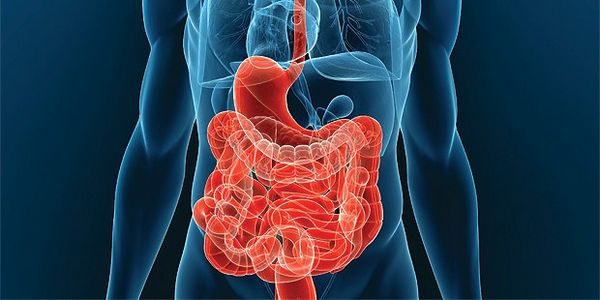Dysbacteriosis of the intestine – treatment of disease. Symptoms and prevention of diseases of the intestinal dysbacteriosis

Dysbacteriosis of the intestine – What is this disease? Dysbacteriosis of the intestine is a term, which is called a quantitative or a qualitative change of microflora in the large intestine.
Now instead of intestinal dysbacteriosis uses the concept of, as a syndrome of excessive bacterial growth (ARIS). This term is understood the excessive reproduction of microorganisms in the small intestine.
Dysbacteriosis of the intestine – The cause of the
Dysbacteriosis of the intestine often develops against the background of other diseases and conditions, such as:
- prolonged use of antibacterial drugs;
- the use of hormonal methods after tumor treatment;
- frequent stress, are caused by functional disturbances of digestion.
Dysbacteriosis of the intestine – Symptoms of intestinal dysbacteriosis
The clinical picture of the intestinal dysbacteriosis is diverse. You may experience the following symptoms of intestinal dysbacteriosis:
- flatulence, abdominal discomfort, rumbling;
- predisposition to disorders of stool;
- steatorrhea-allocation of large amounts of fat in the faeces;
- lientereja-availability of food residue in Calais;
- nausea, vomiting (rarely).
Among the common symptoms may develop signs IMR, weight loss, as well as neurotic disorders.
In some cases, the clinical picture of patients have other diseases: biliary dyskinesia, atibiotikoassociirovannnaja diarrhea, irritable bowel syndrome and other.
Dysbacteriosis of the intestine – Diagnostics
In the first stage of the analysis of the complaints of the patient and the medical history of the disease.
Laboratory research methods:
- general urine analysis;
- general blood analysis;
- feces bacteriological analysis;
- chromato-mass spectrometry;
- breathing test;
- glucose test;
- test with ksilozoj;
- breathing test for the determination of bile acids;
- the Schilling test;
- intestinoskopija.
Instrumental research methods:
- ultrasound examination of abdominal cavity organs;
- fibrojezofagogastroduodenoskopija;
- bowel radiography using contrast.
Dysbacteriosis of the intestine – Types of disease
There are three degrees of intestinal dysbacteriosis:
- first degree-aerobic normal microflora of the intestine;
- second degree-aerobic microflora of the intestine, are anaerobic;
- third degree-the predominant microflora of anaerobic.
Dysbacteriosis of the intestine – Actions of the patient
If you experience symptoms of dysbacteriosis should consult a doctor-physician or gastroenterologist.
Dysbacteriosis of the intestine – Treatment of intestinal dysbacteriosis
Treatment of intestinal dysbacteriosis includes:
- invalid food (Table №4);
- application of antibacterial (for the treatment of infectious diseases) and antifungal drugs;
- use jenterosobrbentov to remove toxic substances (jenterol etc);
- the use of multivitamin preparations;
- appointment of enzymes to improve digestion;
- the use of case tools to relieve pain;
- prescriptions for the restoration of intestinal microflora (Prebiotics, simbiotiki, eubiotics and integrated drugs).
Dysbacteriosis of the intestine – Complications
If the cause of dysbacteriosis is not resolved, the disease recurrences can occur. With the long-term course of the disease may develop different complications, among which:
- weight loss;
- gipovitaminoz;
- B12-deficient anemia;
- other complications.
Prevention of intestinal dysbacteriosis
Prevention of intestinal dysbacteriosis includes:
- exception of the uncontrolled intake of antibacterial drugs. Antibiotics should be prescribed only by a physician;
- balanced and rational nutrition;
- timely and adequate treatment of gastrointestinal diseases.
